#inuit legend
Explore tagged Tumblr posts
Text

Enormous oceanic arachnids, lurking on the seabed below. They drag their prey down, then consume them in their entirety.
#BriefBestiary#bestiary#digital art#fantasy#folklore#legend#inuit folklore#inuit legend#canadian folklore#canadian legend#greenland folklore#greenland legend#aasivarluut#kajanok#monster#giant spider
21 notes
·
View notes
Text
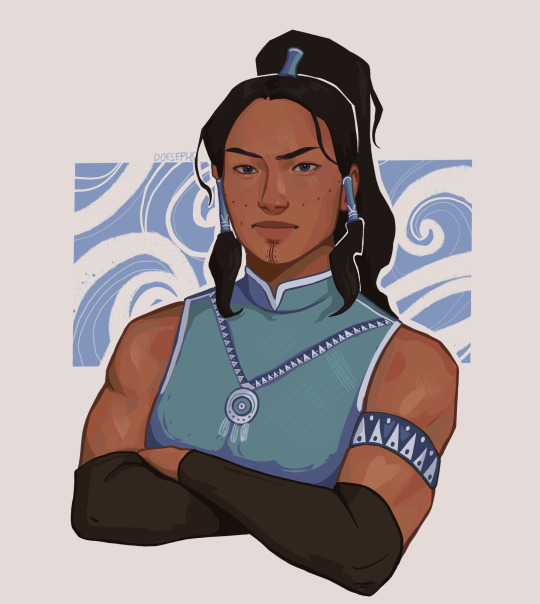
korra did things to 14 year old me
#korra#inuit#inuit art#atla#atla fanart#legend of korra#katara#korra fanart#digital art#digital drawing
8K notes
·
View notes
Text
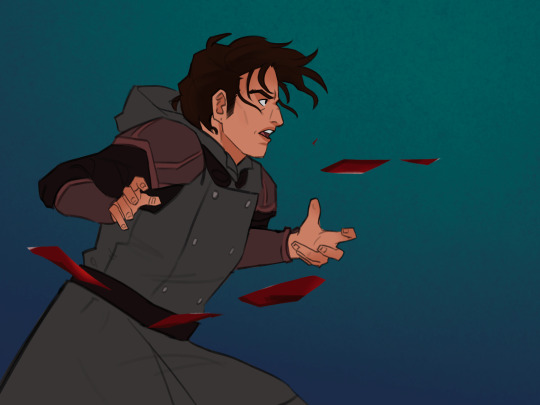

I’m a big fan of doomed siblings 🩸🌊
606 notes
·
View notes
Text
The Igaligdlit, or the Inuit witch ogres [Inuit mythology]

Supposedly, the inland regions of Greenland are home to a wandering species of ogre-like monsters called the Igaligdlit (singular: Igalilik).
They resemble abnormally large humans and are characterized by their signature large cooking pot which they carry over their shoulders wherever they go. These creatures, or at least some of them, are highly dangerous and hunt lonely travellers for food, cooking them in their large pot. The Inuit folk hero Akiagsiak once fought one of these giants with his bare hands, and eventually managed to slay the Igalilik by crushing him against a rock, or so he boasted.
In Kivalliq, Nunavut, the Igalilik is an individual rather than a species: she is a monstrous giant woman who hunts and captures lonely travellers and cooks them in her pot before devouring their flesh. She is also said to eat children. In addition, Igalilik is a dangerous sorceress wielding powerful magic: she has the ability to cast curses.
Usually, Igalilik is depicted with her ulu knife, which is a traditional Inuk tool used for cutting and slashing. In Igalilik’s case, she uses it to slice up human flesh.
Sources:
Rink, H. J., 1875, Tales and Traditions of the Eskimo, with a sketch of their habits, religion, language and other peculiarities, William Blackwood and Sons, 472 pp.
Christopher, N., 2013, The Hidden: a compendium of arctic giants, dwarves, gnomes, trolls, faeries, and other strange beings from Inuit oral history, 191 pp, p. 88-89.
(Image source: Eva Widermann, I really love her art tbh)
#Inuit mythology#Witches#Humanoid creatures#Mythical creatures#Mythology#Bestiary#Folklore#Myths and legends
48 notes
·
View notes
Text
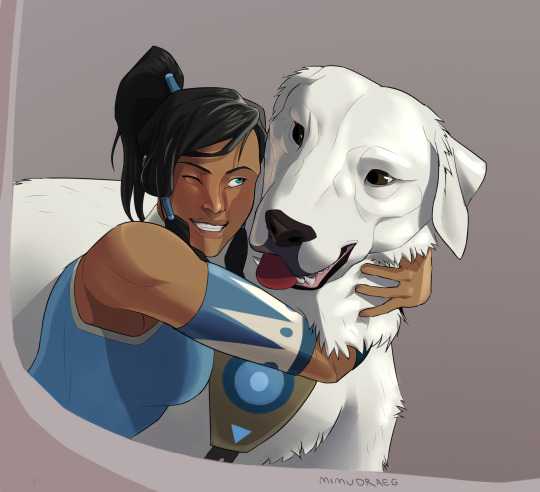
Just a dog and her girl
#my art#animal art#digital art#artists on tumblr#illustration#korra#avatar korra#avatar the last airbender#legend of korra#naga#naga korra#dog#dogblr#polar bear dog#fantasy art#inuit#tlok#atla#atla fanart#canine
131 notes
·
View notes
Text
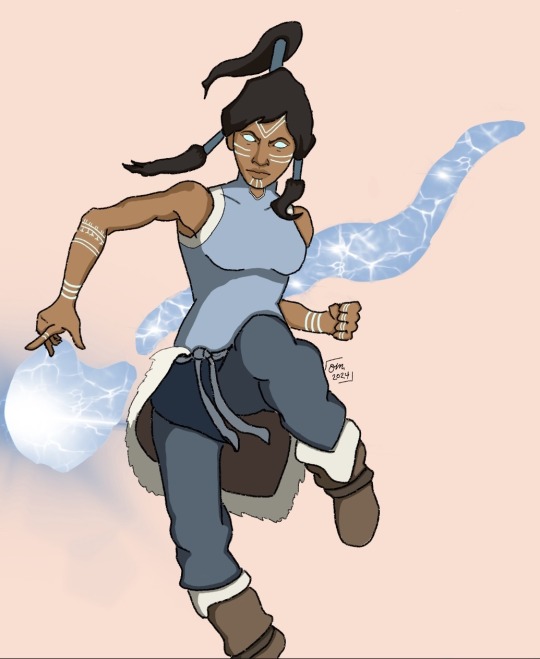
korra in the avatar state with kakiniit has been wiggling around in my brain for days, so here you are
#legend of korra#korra#kakiniit#inuit#avatar the last airbender#atla fanart#LoK#lok fanart#avatar#art#waterbending
127 notes
·
View notes
Text
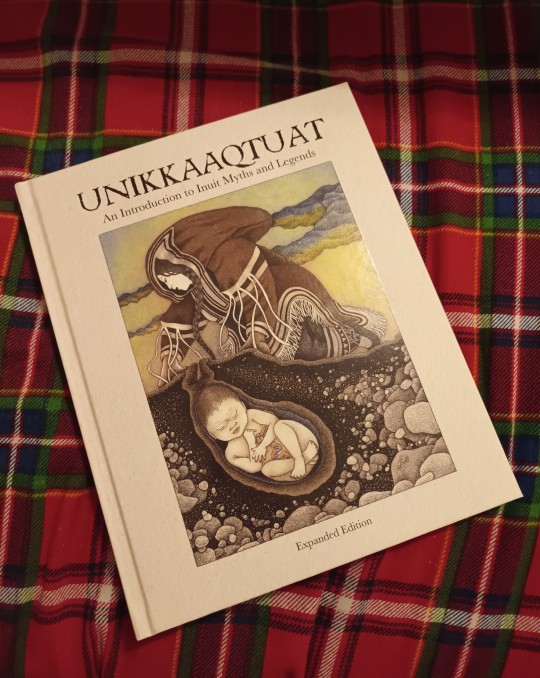
So, first of all, I could not be more thrilled with my gift-shop selection, or more excited to start reading it.
It comes from Inhabit Media, an Inuit-owned publishing company based in Nunavut that deserves all the love and support in the world. <3
#Personal#History#Historic Context#Inuit History#Inuit Mythology#Unikkaaqtuat#Unikkaqtuat: An Introduction to Inuit Myths and Legends#Inhabit Media#Scott Polar Research Institute#SPRI
15 notes
·
View notes
Text
Half-Inuit Orkney Bros. That's it that's the post.
#Arthurian#Just discovered Inuits visited the Orkney Islands and my brain went :>#To whoever said add native american/first nations rep in Arthuriana u truly have the biggest brain#arthuriana#Sir Gawain#Sir Gaheris#Sir Agravaine#Sir Gareth#Sir Mordred#Arthurian legend
17 notes
·
View notes
Text
Y'all can we stop using the "inside you there are two wolves" meme?
#tldr: a southern baptist guy made that proverb up and attributed to the Inuit#who then told him to fuck off and not misappropriate their culture#and instead of learning from this he then changed it in his book to be a “Cherokee legend” which it also isn't#/maybe/ it's not good to keep circulating it? just maybe#I've tried sending this to ppl who post that meme in fandoms I see them in#but more often then not it's just ignored
9 notes
·
View notes
Note
"#my favourite lesbian" For the love of fuck! Korra is Bi!

#everytime someone passionately inboxes me i have a little giggle#if you genuinley have a problem go through my old posts on this subject#it’s getting old 😴#korra fanart#legend of korra#korrasami#lesbian#inuit art#art#illustration#avatar the last airbender
123 notes
·
View notes
Text
Inuit mythology: the Qallupilluit
In Inuit mythology, the Qallupilluit, also known as Qalupalik, are creatures that inhabit Arctic shorelines. They dwell beneath the waters of the Arctic regions across the world, residing along the coastline and, even if accounts of their appearance differ across tales, there are some commonalities. For example, a Qallupilluit is often described as having green, slimy skin, long hair, and long…

View On WordPress
4 notes
·
View notes
Text

Lunch doodle Korra
817 notes
·
View notes
Text

"Mitos y leyendas inuit".
- Knud Rasmussen.
0 notes
Text

She was left alone in the Arctic ice for 2 years—with only a cat for company.
This is how Ada Blackjack survived.
In 1921, Ada Blackjack, a young Inuit mother desperate to provide for her ailing son, joined an Arctic expedition as a seamstress. She wasn’t an explorer, nor a hunter—just a woman trying to earn money.
The mission, led by Vilhjalmur Stefansson, sought to claim Wrangel Island for Canada. Ada was the only woman, and the only Inuk among four white male explorers. When supplies ran low, the men set off for help across the ice… and never returned.
Ada was left behind with a dying teammate and a cat named Vic. Soon, it was just her and Vic—alone in subzero wilderness, 700 miles from help.
She taught herself to shoot a rifle.
She fended off polar bears with a knife.
She sewed her own mittens when her fingers froze.
She trapped foxes. Ate seal. Read the Bible aloud.
And through it all, Vic curled close to keep her warm.
Two years later, rescuers arrived. She was still alive. Thin. Worn. But unbroken.
The world nearly forgot her. The men got the headlines.
But today, we remember Ada Blackjack for what she was:
A survivor. A mother. A fighter. A legend.
202 notes
·
View notes
Text
Amazing fanart by Joanacchi! Posted here on tumblr with their blessing. Each one is based on a style that reflects a particular ancient culture's art history. (See below for descriptions provided by the artist!)
Store (buy these prints!) Twitter Instagram
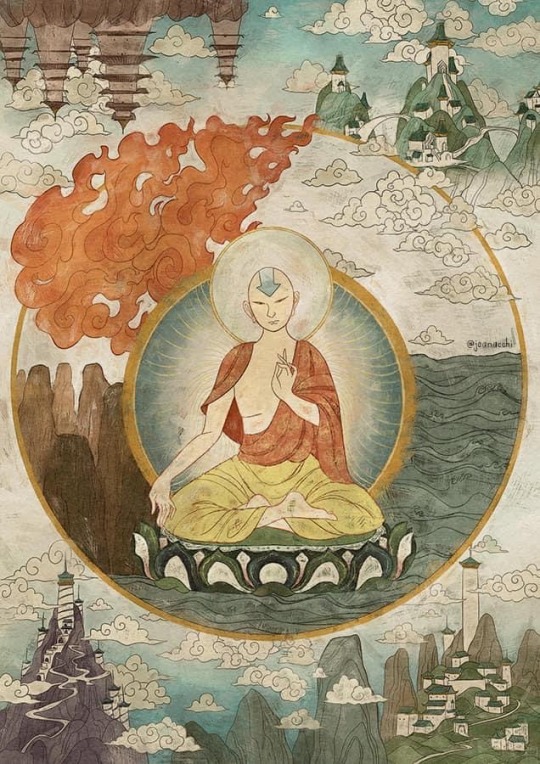

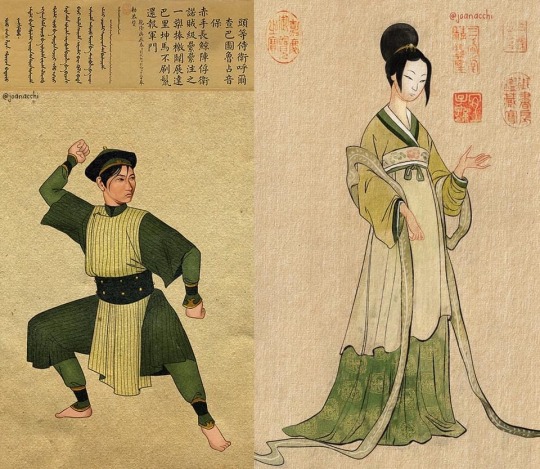
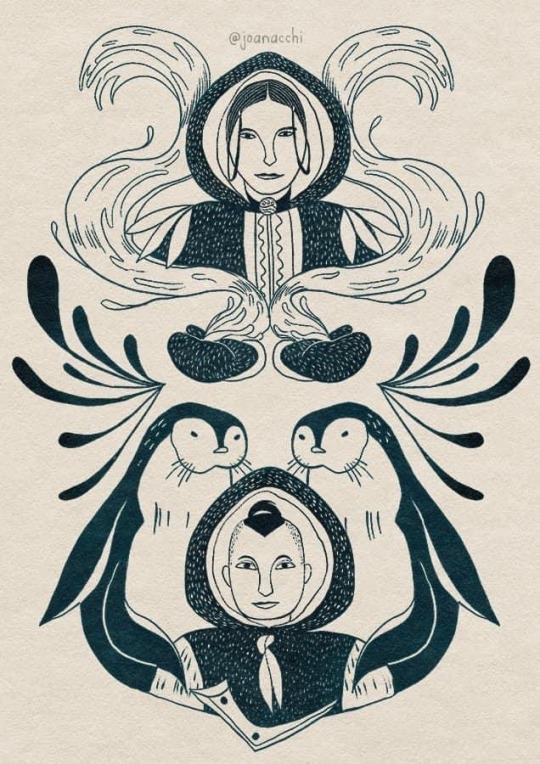
Aang: Tibetan Thangka
"Thangkas are traditional Tibetan tapestries that have been used for religious and educational purposes since ancient times! The techniques applied can vary greatly, but they usually use silk or cotton fabrics to paint or embroider on. What you can depict in a Thangka is really versatile, and I wanted to represent things that make up Aang as a character."
Zuko and Azula: Japanese Ukiyo-e
"Ukiyo-e is a style that has been around Japan between the 17th and 19th century, and focused mainly in representing daily life, theater(kabuki), natural landscapes, and sometimes historical characters or legends!
Ukiyo-e was developed to be more of a fast and commercial type of art, so many drawings we see are actually woodblock prints, so the artist could do many copies of the same art!
I based my Zuko and Azula pieces on the work of Utagawa Kuniyoshi (1798-1861) one of the last ukiyo-e masters in Japan! He has a specific piece which featured a fire demon fighting a lord that fought back with lighting, and that really matched Zuko and Azula's main techniques!”
Toph: Chinese Portraiture from Ming and Qing Dynasties
"Ming Dynasty (1368-1644) was one of the longest in China! It was also a period where lots of artistic evolutions were happening, especially when it comes to use of colour! There was not a predilection for portraits during this time, but there are a lot of pieces depicting idealized women and goddesses from the standards of the time. For this portrait of Toph, I imagined something that maybe their parents commissioned, depicting a soft and delicate Toph which we know is not what she is about ♥️
Qing Dynasty (1644-1912) was the last Chinese Dynasty to reign before the Revolution. One of the most famous emperors of this period was Qianlong, and he really liked Western art! He commissioned a lot of portraits of his subordinates, and I chose a portrait of one of his bodyguards as a reference for the second Toph portrait, which I believe is much more like how she would want to be represented! The poem on top talks about the bodyguards' achievements during a specific war. I had no time to come up with a poem for Toph, so I just used the same one for the composition!”
Sokka and Katara: Inuit Lithograph
"For a long time, Inuit art expressed itself in utilitarian ways. The Nomadic lifestyle of early Inuit tribes played a huge part in that: most art pieces are carved in useful tools, clothing, or children's toys, small and easy to be transported, and depicted scenes and patterns representing their daily lives!
That changed a lot during the colonization. Since the settling of the Inuit tribes, many art pieces began to be created in order to be exported to foreigns, so they started to sculpt bigger and more decorative pieces.
Lithography, which is a type of printmaking, was introduced to Inuit people by James Houston, that learned the technique from the japanese. The art form was quickly embraced by the inuit, as part of the process is very similar to carving. Prints that are produced by inuit artists are still being sold today!
As lithography is not an old art style and it's still commercially relevant to the Inuit communities, since creating these in 2021 I have been donating regularly to the Inuit Art Foundation, not only all the money I get from selling some prints of these but a bit more, at least once a year. Hopefully, I can increase donations this year!”
2K notes
·
View notes
Text
Chinese Mythology: Mazu

Interestingly enough, both the Chinese and Inuit ocean deities are women, so there is plenty of inspiration to draw from for Yue. ^_^
Like most mythology, these stories have countless versions. I'll be choosing the versions that are most relevant to Yue. This is a two-part post, with this post covering Chinese culture. Part 1 can be found here.

Like Sanna, the story of China's ocean goddess begins with an ordinary human girl. The girl's name was Lin Moniang (林默娘) and she is said to have lived during the 10th century in what is now China's Fujian Province. Her given name of Moniang means "silent girl", as she never cried as a baby. The daughter of a fisherman, she seemed to have been her village's shaman, as she would often read people's fortunes and predict weather conditions for the local fishermen.
Her principal legend concerns her saving her father and brothers. Hearing news that her family's fishing boat had been caught in a typhoon, 16-year-old Moniang meditates and spiritually projects on to the boat. She manages to save her brothers from drowning, but is unable to save her father in time. This was due to her mother awakening her from her trance, thinking her daughter was having a seizure.
Wanting to find her father, she tirelessly searched the waters and islands of the archipelago where she lived. According to legend, she eventually died of exhaustion and her body washed up on the shores of Nangan Island. Her spirit ascended to godhood, where she gained the name Mazu (媽祖 - "Ancestral Mother"), and became a guardian deity to sailors and fishermen. The archipelago where her family fished is now known as the Matsu Islands, after her goddess name.
Visually, Mazu is often depicted wearing a lot of beads. Perhaps because they resemble pearls or water droplets? The crown she wears is called a mianguan (冕冠), which was historically worn by East Asian emperors and is featured in many depictions of royals and gods alike.

#I wonder if Yue not crying as a baby#was directly inspired by Mazu#If the Moon Spirit hadn't saved her#Would she have been named Moniang?#replies
91 notes
·
View notes